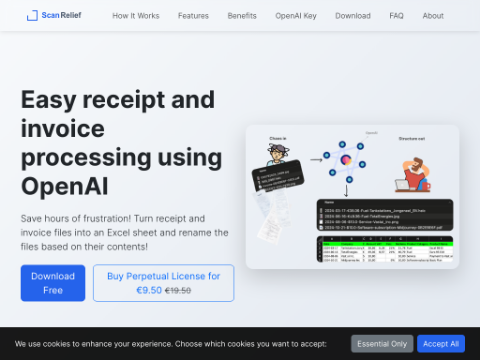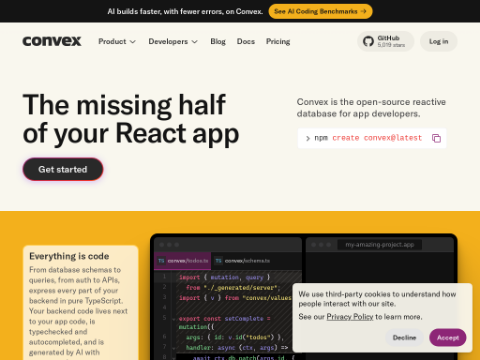Recently, OpenAI announced the release of the Chain of Thought (CoT) for its o3-mini model. However, this move quickly sparked widespread controversy, as the disclosed CoT was suspected of not being the original version but rather a processed one.
According to reports, the CoT of o3-mini was originally designed to demonstrate how the model progressively reasons to arrive at an answer. For instance, when answering the question "Why isn't today Friday?", the displayed CoT showed that the model understood the user's humor and used Zeller's formula to confirm that the day was indeed Thursday. However, this demonstration soon drew scrutiny from experts who identified issues.
OpenAI researcher Noam Brown was the first to point out that the disclosed CoT was not the model's original chain of thought. Subsequently, other researchers also found that the so-called CoT more closely resembled a "summarizer" rather than an authentic reasoning process.
In response to these concerns, OpenAI CEO Sam Altman provided an explanation. He stated that OpenAI is working on organizing the original CoT to enhance readability and provide necessary translations while striving to preserve the authenticity of the content. Nevertheless, this explanation failed to quell the controversy.
Some observers argue that OpenAI's processing of the disclosed CoT has diminished its value as a prompt debugger, potentially introducing errors and increasing debugging complexity. Moreover, compared to competitors like DeepSeek, OpenAI's approach appears less natural and direct. DeepSeek has already released the full original CoT of its models, whereas OpenAI has opted for a more cautious and conservative route.
Additionally, some researchers noted that the disclosed CoT by OpenAI exhibited slower generation speeds. If the raw o3-mini model were used, the inference process should have been faster, further fueling doubts about OpenAI's handling.
In response to the controversy, an OpenAI spokesperson explained that to improve clarity and safety, they added an extra post-processing step in the disclosed CoT. In this step, the model reviews the original CoT, removes any unsafe content, and simplifies complex reasoning processes. This step also enables non-English users to receive the CoT in their native languages, creating a more accessible and user-friendly experience.
Despite OpenAI's official explanation, the debate persists. This incident once again highlights the challenges faced by the artificial intelligence industry in terms of transparency and openness. Striking a balance between safeguarding model security and showcasing genuine reasoning processes remains a pressing issue for the industry to address.








